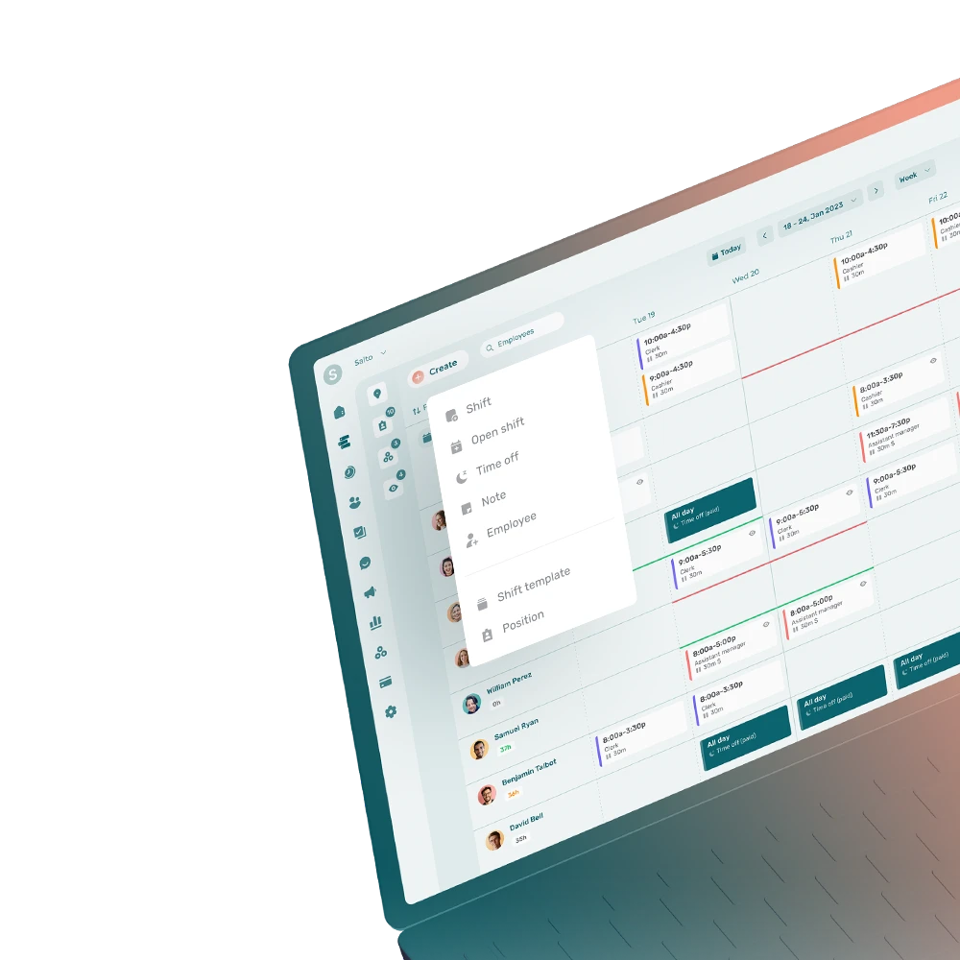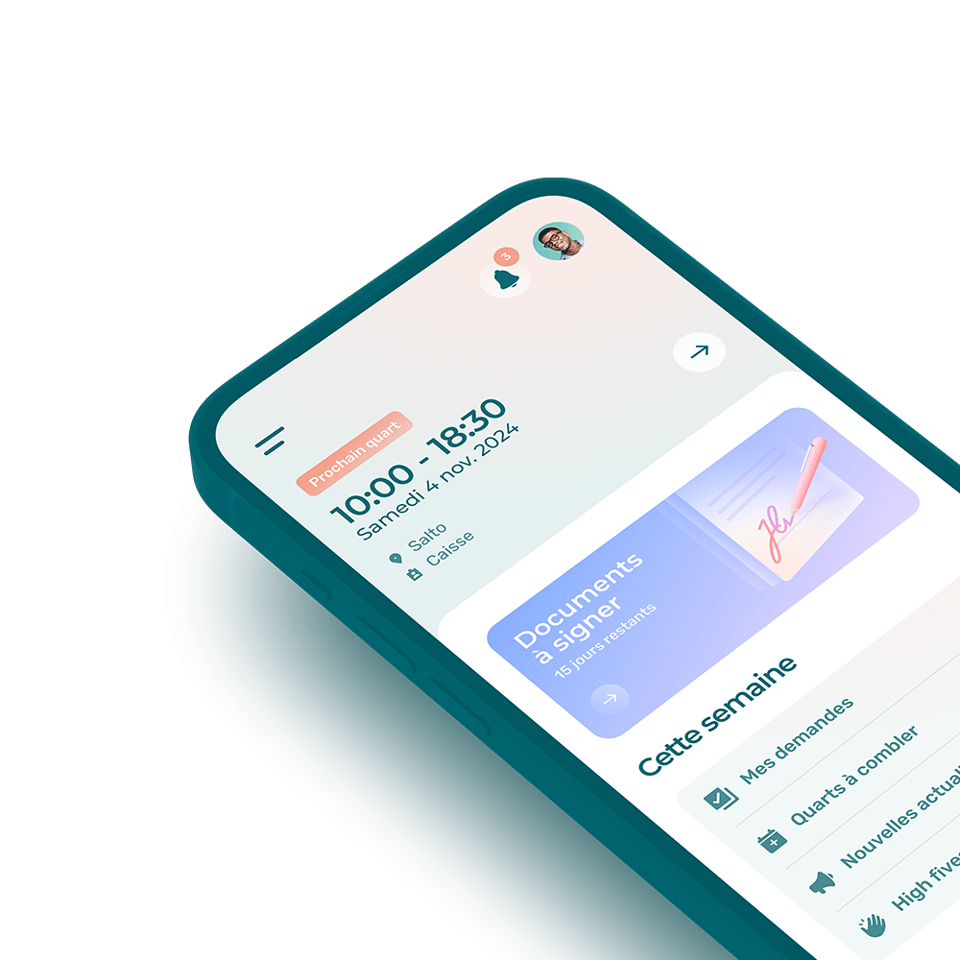Employee turnover, or employee turnover rate, is an indicator representing the percentage of employees who leave an organization within a time period of reference.
How to Calculate Employee Turnover?
The employee turnover rate is calculated by first dividing the number of employees who have left during a reference period by the total number of employees who have worked for the organization during the same time frame (number of employees currently working + number of employees who have left). The result is then multiplied by 100 to obtain the rate:
For example, a company has 25 employees at the beginning of the year of reference. During the year, 5 new employees join the team, but 3 leave. The employee turnover rate is therefore 10% (3 ÷ (25 + 5) × 100 = 10).
What Is the Cost of Employee Turnover?
Employee turnover can cost anywhere from 50% to 300% of the yearly salary of the employee. According to experts, the turnover cost for a lost employee depends on the professional situation of the employee. Experience, specialization, and seniority are important factors that inflate turnover costs.
What Is the Cause of Employee Turnover?
Employee turnover can be caused by several factors including:
- Lack of opportunity for growth or career development;
- Declined request for promotion or transfer;
- Burnout;
- Negative relations with superiors or colleagues;
- Toxic work environment;
- Family or life event;
- Competitive offer;
- Lack of flexibility;
- Lack of work-life balance;
- Lack of motivation.
How to Reduce Employee Turnover?
The employee turnover of a company can be reduced by implementing retention strategies and optimizing recruitment methods.
Common strategies to reduce employee turnover include:
- Analyzing the turnover rate in order to better understand why employees are quitting by conducting exit interviews, for example;
- Improving the hiring process in order to find candidates that are both qualified for the position and a good culture fit;
- Improving the onboarding process to better engage employees from day 1;
- Improving the work environment to have more competitive working conditions;
- Offering flexible schedules to provide a better work-life balance.








